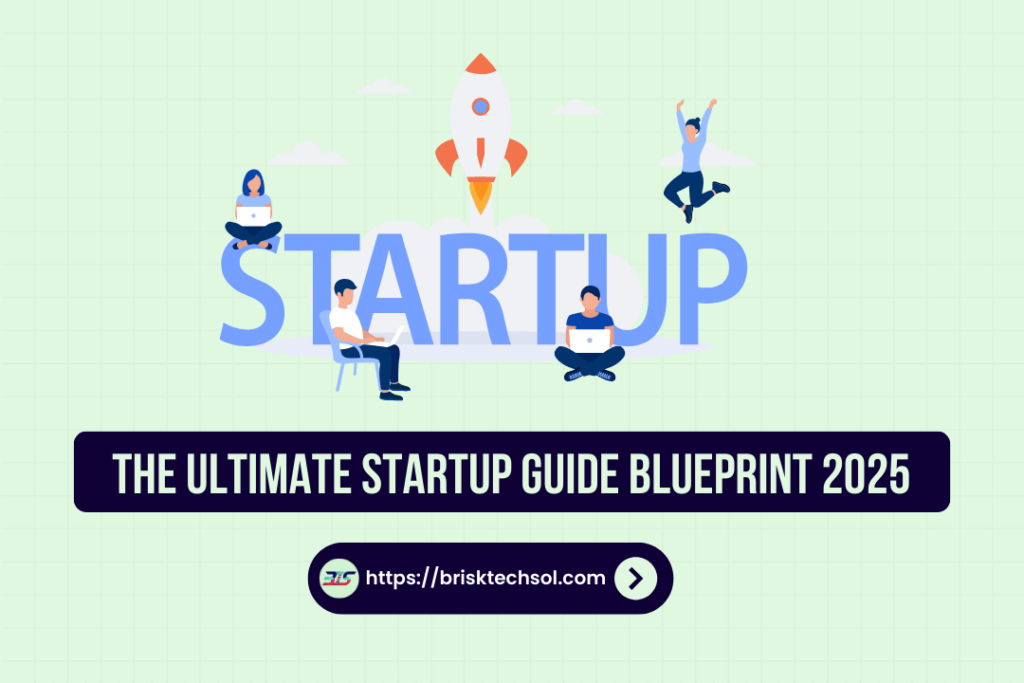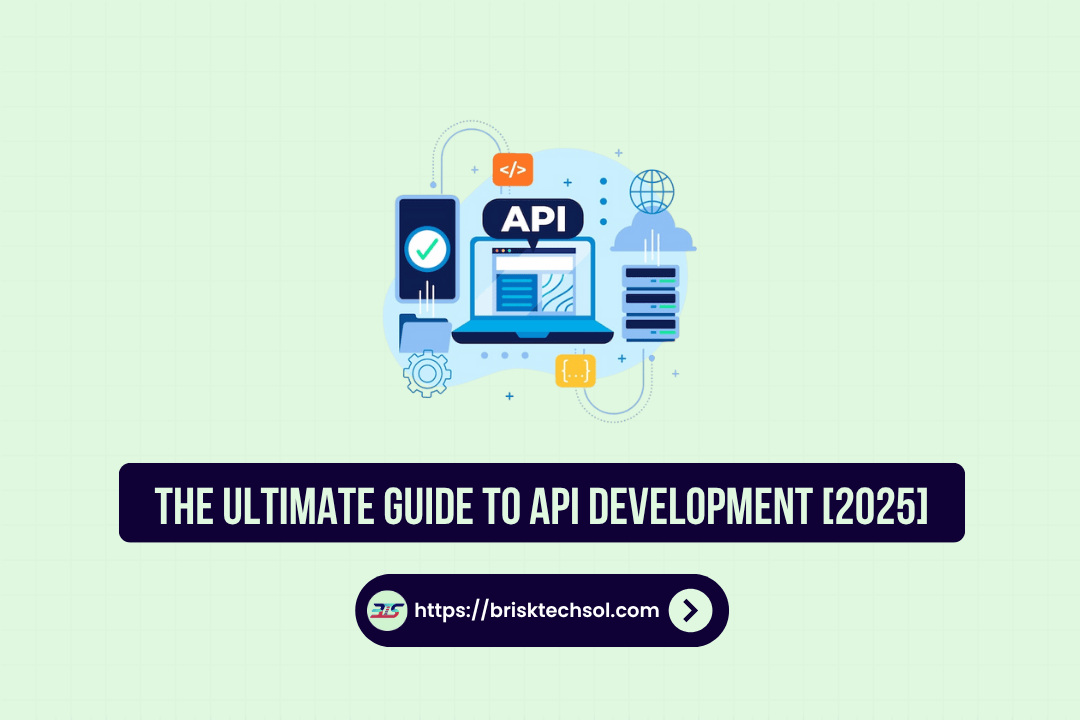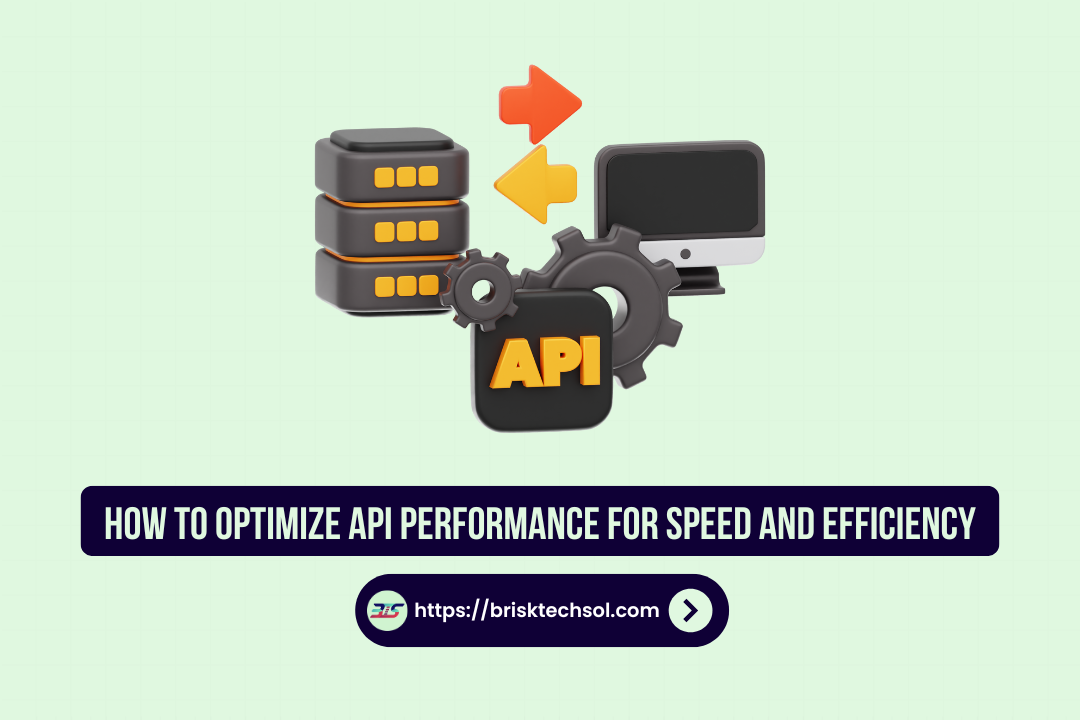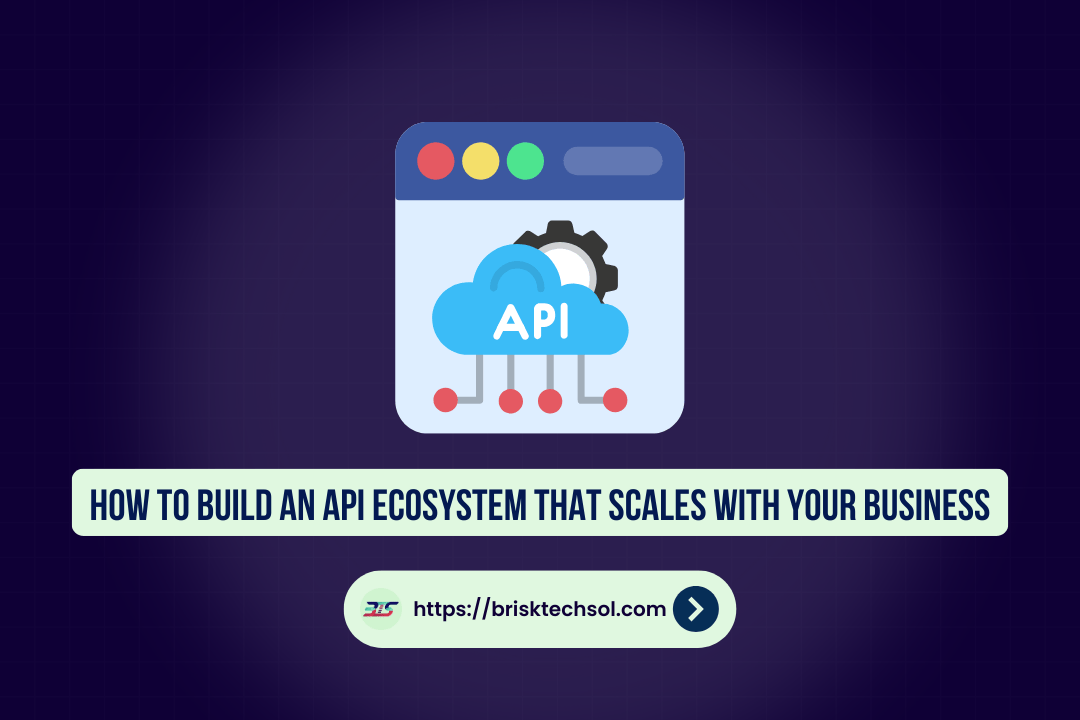Startup Trends and Opportunities in 2025
Growing Industries to Watch
With technology and sustainability shaping the future, these industries are promising for startups in 2025:
- Artificial Intelligence (AI) & Automation – AI-driven businesses, chatbots, and automation tools are growing rapidly.
- Sustainable & Green Tech – Eco-friendly solutions, renewable energy, and sustainable packaging are in high demand.
- Remote Work Solutions – Collaboration tools, virtual office spaces, and remote team management platforms.
- Health & Wellness Tech – Wearable health devices, mental health apps, and personalized nutrition startups.
Market Demand Shifts Post-Pandemic
Consumer habits have evolved, increasing demand for:
- Subscription-based services (e.g., SaaS, memberships)
- E-commerce innovations (personalized shopping experiences)
- Decentralized finance (cryptocurrency, blockchain businesses)
- Online education and upskilling platforms
Recent Startup Success Stories
- Notion (Productivity & Collaboration)
- Loom (Remote Work Video Communication)
- BetterUp (AI Coaching & Leadership Development)
These examples highlight the importance of identifying trends early and delivering innovative solutions.
Researching Your Startup Idea
When starting a new business, research is the foundation for success. It allows you to understand your target market, competitors, and industry trends. Comprehensive research helps validate your idea and gives you insights into whether it’s worth pursuing.
Understanding the Market
The first step in research is identifying your target audience. Who are they, and what are their needs? You should aim to understand their pain points, preferences, and behaviors. Surveys, focus groups, and interviews can be invaluable tools for gathering this information.
Competitive Analysis
Analyzing your competitors will help you understand their strengths and weaknesses, as well as identify any gaps in the market that you could exploit. Research the products or services they offer, their pricing strategy, and their marketing efforts. By identifying areas where competitors fall short, you can position your startup to offer better value or unique features.
Industry Trends
Keeping an eye on industry trends is crucial. What innovations or technologies are emerging? What changes in consumer behavior might influence demand for your product or service? Use resources like market research reports, online forums, and industry news to stay informed. This helps you anticipate market shifts and stay ahead of the curve.
Feasibility Study
Once you have collected relevant data, conduct a feasibility study. This involves assessing the practicality of your idea based on your research findings. Can your startup be profitable? Will it stand the test of time? A feasibility study helps ensure that you’re not investing time and money into an unviable idea.
Testing Your Idea
Before committing fully, consider creating a prototype or pilot version of your product. A prototype allows you to gather real-world feedback, identify potential issues, and make adjustments before launching on a larger scale. This iterative process ensures that your final product meets customer expectations.
Creating a Business Plan
When starting a new business, research is the foundation for success. It allows you to understand your target market, competitors, and industry trends. Comprehensive research helps validate your idea and gives you insights into whether it’s worth pursuing.
Understanding the Market
The first step in research is identifying your target audience. Who are they, and what are their needs? You should aim to understand their pain points, preferences, and behaviors. Surveys, focus groups, and interviews can be invaluable tools for gathering this information.
Competitive Analysis
Analyzing your competitors will help you understand their strengths and weaknesses, as well as identify any gaps in the market that you could exploit. Research the products or services they offer, their pricing strategy, and their marketing efforts. By identifying areas where competitors fall short, you can position your startup to offer better value or unique features.
Industry Trends
Keeping an eye on industry trends is crucial. What innovations or technologies are emerging? What changes in consumer behavior might influence demand for your product or service? Use resources like market research reports, online forums, and industry news to stay informed. This helps you anticipate market shifts and stay ahead of the curve.
Feasibility Study
Once you have collected relevant data, conduct a feasibility study. This involves assessing the practicality of your idea based on your research findings. Can your startup be profitable? Will it stand the test of time? A feasibility study helps ensure that you’re not investing time and money into an unviable idea.
Testing Your Idea
Before committing fully, consider creating a prototype or pilot version of your product. A prototype allows you to gather real-world feedback, identify potential issues, and make adjustments before launching on a larger scale. This iterative process ensures that your final product meets customer expectations.
Legal and Registration Process
The legal part is essential for ensuring your startup’s compliance and protecting it from future liabilities. Understanding the legal requirements early on can save you time, money, and headaches down the road.
Choosing a Business Structure
The first step in addressing legal considerations is selecting the appropriate business structure. Common options include sole proprietorship, partnership, corporation, and limited liability company (LLC). Your choice will affect your taxes, liability, and the way your business operates. Consult with a legal professional to choose the best structure for your needs.
Registering Your Business
Once you’ve selected a structure, you’ll need to register your business. This typically involves obtaining a business name and filing the necessary paperwork with the appropriate government agency. Registration ensures that your business is recognized legally and can enter into contracts and transactions.
Licensing & Permits
Depending on the nature of your business, you may need specific licenses or permits to operate legally. For example, food establishments need health permits, while construction companies require building permits. Make sure to research local, state, and federal requirements to avoid penalties.
Tax Obligations
Understanding your tax obligations is crucial for staying compliant. This includes income taxes, payroll taxes, sales taxes, and more. Keep track of your business’s financial records, and hire an accountant if necessary to ensure you are meeting all of your tax responsibilities.
Employment Laws
If you plan to hire employees, familiarize yourself with employment laws. These laws cover areas such as wages, working hours, workplace safety, and anti-discrimination policies. Ensuring compliance will help you avoid costly legal issues and build a positive workplace culture.
Intellectual Property Protection
Intellectual property (IP) protection is important for safeguarding your business ideas, products, and services. Trademark your logo, patent innovative products, and copyright original content to ensure your creations are legally protected. IP protection is essential for maintaining a competitive edge in the market.
Contracts & Agreements
Draft clear contracts and agreements for all business relationships, including with clients, vendors, and employees. Having well-defined terms protects both parties and prevents misunderstandings. Always seek legal advice before entering into any formal agreements.
Costs of Business Registration
- LLC: $50-$500 (varies by state/country)
- Trademark registration: ~$250-$500
- Legal consultation fees: ~$100-$500
Funding Your Startup
Managing your finances and securing funding are two of the most crucial aspects of building a successful startup. A solid financial strategy ensures that your business operates smoothly and is prepared for future growth.
Self-Funding & Bootstrapping
Many entrepreneurs begin by self-funding their startup, using personal savings or assets to cover initial expenses. This approach, known as bootstrapping, gives you full control over your business but can be risky. Carefully consider whether you have the resources to fund your venture without draining personal finances.
Venture Capital & Angel Investors
If bootstrapping isn’t an option, seeking external funding from venture capitalists (VCs) or angel investors may be the solution. VCs provide capital in exchange for equity in your company, while angel investors tend to invest smaller amounts. Both options come with trade-offs, so weigh the pros and cons before pursuing outside investors.
Crowdfunding
Crowdfunding platforms like Kickstarter and Indiegogo allow entrepreneurs to raise funds from a large number of individuals. In exchange for backing your project, funders often receive rewards, early access to products, or other incentives. Crowdfunding is a great way to test your idea’s market potential while generating capital.
Small Business Loans
For more traditional funding, consider applying for a small business loan. Many banks, credit unions, and government agencies offer loans to startups with favorable terms. You’ll need a solid business plan, financial projections, and a good credit score to secure a loan.
Financial Planning & Budgeting
Proper financial management involves creating detailed budgets and forecasts. Identify all potential costs, including production, labor, marketing, and operations, and allocate funds accordingly. Regularly review your financial performance to stay on track and adjust your strategies when necessary.
Cash Flow Management
Maintaining positive cash flow is vital to keeping your business running smoothly. Monitor your cash flow closely to ensure that you can cover day-to-day expenses and reinvest in your business. Implement strategies like invoicing promptly, managing inventory efficiently, and cutting unnecessary costs to improve cash flow.
Financial Tracking & Reporting
Tracking your financials is essential for making informed decisions. Use accounting software to monitor revenue, expenses, and profits. Regular financial reporting ensures that you stay on top of your business’s performance and can make adjustments to meet your goals.
| Feature | Angel Investors | Venture Capital |
|---|---|---|
| Investment Size | $25k – $500k | $1M+ |
| Business Stage | Early-stage | Growth-stage |
| Equity Required | Yes | Yes |
Building Your Brand & Marketing Strategy
Creating a strong brand identity and a well-rounded marketing strategy are key to attracting customers and establishing a presence in the market. Effective branding and marketing help differentiate your business and drive long-term success.
Defining Your Brand
Your brand is more than just your logo or company name. It encompasses your values, mission, and the way your customers perceive your business. Begin by defining your brand’s personality, voice, and core message. This will set the tone for all your marketing efforts.
Creating a Logo & Visual Identity
Design a professional logo that reflects your brand’s values and resonates with your target audience. Along with your logo, choose a color scheme, font style, and design elements that communicate your brand’s essence. Consistency in visual identity across all platforms is key to creating a recognizable brand.
A user-friendly, visually appealing website is the cornerstone of your digital presence. Your website should be mobile-friendly, fast-loading, and optimized for SEO. Include clear calls-to-action (CTAs) to guide visitors towards taking the desired action, such as making a purchase or signing up for a newsletter.
Content Marketing
Content marketing is an effective way to educate your audience, build trust, and drive traffic to your website. Create valuable content that addresses your customers’ pain points, such as blog posts, e-books, or webinars. Content should be informative, engaging, and aligned with your brand voice.
Social Media Marketing
Leverage social media platforms like Facebook, Instagram, LinkedIn, and Twitter to engage with your audience, promote your products, and build a loyal following. Create a content calendar to ensure consistent posting and interaction with your audience.
Email Marketing
Email marketing allows you to nurture leads and build relationships with potential customers. Create segmented email lists to send targeted messages that appeal to specific groups. Use email campaigns to promote new products, share content, or offer discounts.
Paid Advertising
Paid advertising, such as Google Ads or Facebook Ads, can be a powerful way to drive traffic to your website and increase sales. Start with a clear advertising goal, whether it’s brand awareness, lead generation, or sales, and tailor your ads to reach the right audience.
Building a Minimum Viable Product (MVP)
Creating a Minimum Viable Product (MVP) is a critical step in launching a startup. The MVP is a version of your product that includes just enough features to satisfy early customers and validate your business idea. The goal is to test your assumptions, gather user feedback, and iterate quickly without over-investing in development.
Defining Your MVP
Before you build your MVP, it’s essential to identify the core functionality that addresses the primary pain point of your target audience. Avoid the temptation to add too many features or enhance the product beyond its core value. The MVP is meant to solve a specific problem with minimal features and functionality. The key is to prioritize what is absolutely necessary.
Focus on Customer Feedback
The real power of an MVP lies in customer feedback. Once your MVP is ready, release it to a limited audience. Pay attention to how they use the product, what they like, and what they don’t. Encourage your users to provide feedback and identify areas of improvement. This process allows you to validate your assumptions and understand whether the product is meeting customer needs before scaling up.
Development & Iteration
Building an MVP doesn’t require building everything from scratch. It’s common to use existing tools, frameworks, and platforms to speed up the development process. The idea is to focus on speed rather than perfection, as the MVP is only a prototype of the full product. After gathering user feedback, you can iterate on the MVP, adding features or making changes based on real-world use.
Testing Your Assumptions
One of the biggest advantages of building an MVP is that it helps you test your assumptions early on. By launching a stripped-down version of your product, you can verify if there is actual demand for your idea. It helps you avoid the costly mistake of building a full product that no one wants. MVPs provide valuable insights that can guide the future development of your product.
Lean Methodology & Cost Efficiency
MVP development is often associated with the lean startup methodology, which emphasizes creating a product with the least amount of work to test a hypothesis. By adopting a lean approach, you save time, money, and resources. You can launch your MVP quickly, learn from it, and make data-driven decisions on how to move forward. This approach allows startups to minimize the risk of failure and pivot if needed.
Scaling & Growth Strategies
As your startup begins to gain traction, it’s time to focus on scaling and accelerating growth. This stage presents both opportunities and challenges, requiring careful planning and execution.
Assessing Your Readiness for Growth
Before scaling, evaluate your business’s current capacity to handle increased demand. Ensure that your systems, processes, and resources are in place to support growth. This might include upgrading technology, hiring additional staff, or refining your customer service processes.
Automating Processes
One of the most efficient ways to scale is by automating repetitive tasks. Implement software tools that streamline operations such as inventory management, order processing, and customer support. Automation frees up time and resources, allowing you to focus on more strategic growth initiatives.
Expanding Your Product Line
Consider expanding your product or service offerings to appeal to a broader audience. Research customer needs and market gaps to identify new opportunities. However, ensure that any new offerings align with your brand and target audience to maintain consistency.
Entering New Markets
Geographic expansion is another way to scale your business. Identify new regions, states, or countries where your product or service has demand. Conduct market research to understand local preferences, regulations, and competition before entering new markets.
Strategic Partnerships
Forming strategic partnerships with other businesses can help you reach a larger audience and share resources. Look for opportunities to collaborate with businesses that complement your own. For instance, a tech startup might partner with a marketing firm to expand its reach.
Funding for Expansion
As you scale, additional funding may be necessary to support growth initiatives. Consider seeking venture capital, applying for a business loan, or pursuing crowdfunding to secure the capital needed for expansion.
Hiring the Right Team
Your team is critical to your business’s growth. As your startup expands, hire individuals with the right skills and experience to fill key roles. A strong, motivated team will help you execute your scaling strategies effectively.
Monitoring Key Metrics
As you scale, track key performance indicators (KPIs) to measure the success of your growth strategies. Monitor metrics such as sales growth, customer acquisition costs, and customer satisfaction. Regularly assess these metrics to ensure your strategies are working and adjust them when necessary.
Key Takeaways:
- Focus on Core Features: Your MVP should address the main pain point with minimal features.
- Customer Feedback is Crucial: Use early users’ input to validate assumptions and guide development.
- Rapid Development: Build quickly using existing tools and frameworks to launch fast.
- Test Assumptions Early: Verify demand for your product before fully investing.
- Lean Methodology: Focus on cost-efficient development to minimize risk.
- Iterate Based on Data: Continuously improve the MVP using real-world feedback.
- Start Simple: Many successful companies began with basic MVPs to test their ideas.
- Avoid Perfection: The MVP is about learning, not about delivering a perfect product.
FAQ’S
1. How do I start a business?
Starting a business involves several key steps: researching your market, developing a business idea, writing a business plan, securing funding, and registering your business. It’s important to understand your target audience and create a strategy to meet their needs.
2. How do I write a business plan?
A business plan outlines your business goals, strategies, market research, and financial projections. Start by describing your business, products or services, market analysis, competition, marketing strategies, and funding needs. Keep it clear and focused on your objectives.
3. What business should I start?
The best business to start depends on your skills, interests, and market demand. Consider industries that align with your expertise, have growth potential, and solve real customer problems. Research the market and identify gaps to find an opportunity that fits your strengths.
4. How do I get a business loan?
To get a business loan, you’ll need a strong business plan, good credit, and proof of income. Start by researching loan options from banks, credit unions, and online lenders. Be prepared to provide financial statements, business projections, and collateral if needed.
5. How do I build business credit?
Building business credit requires opening a business credit account, paying bills on time, and maintaining a low credit utilization rate. Make sure to register your business with credit bureaus and establish relationships with vendors who report payments to the credit agencies.









